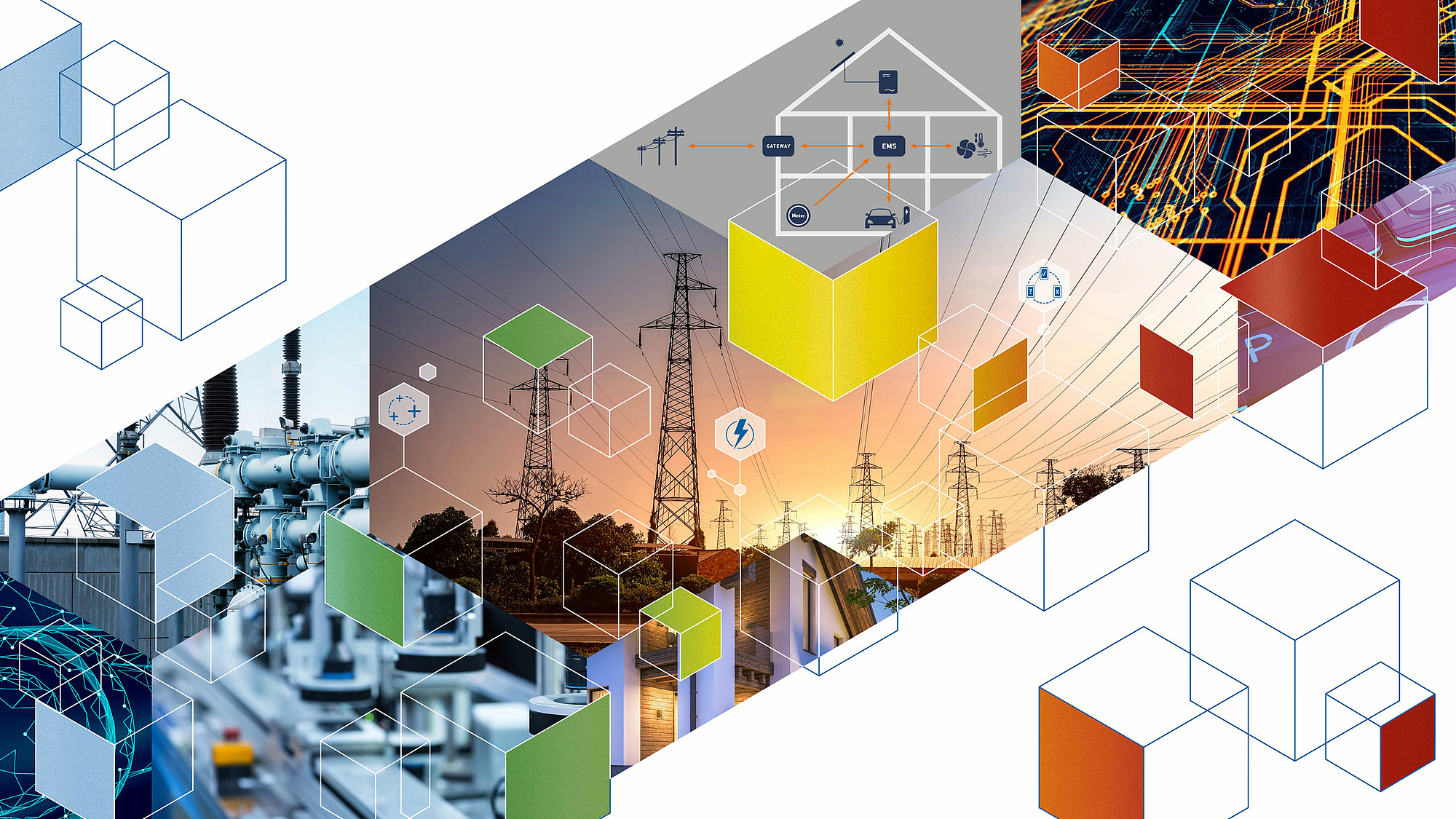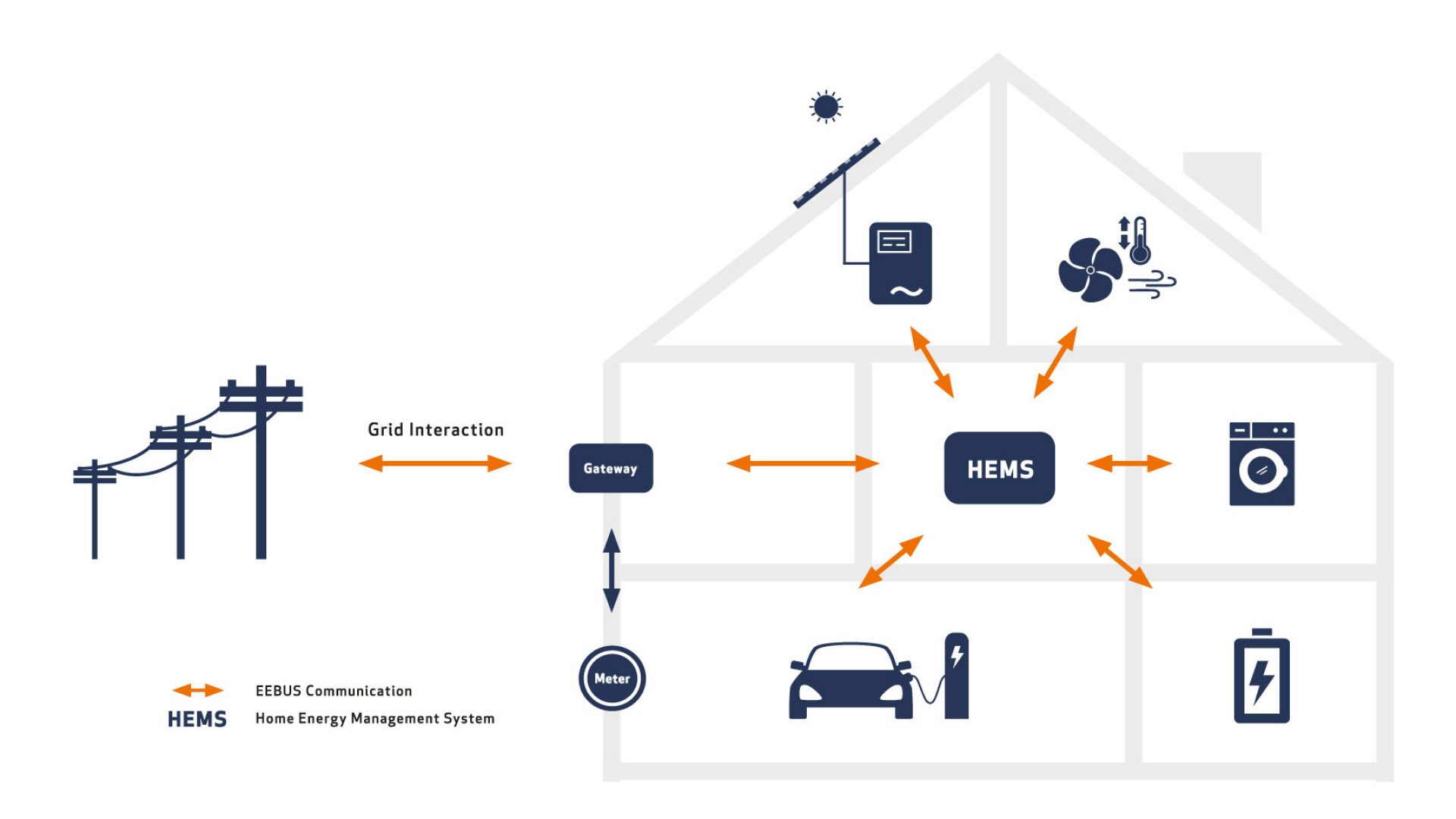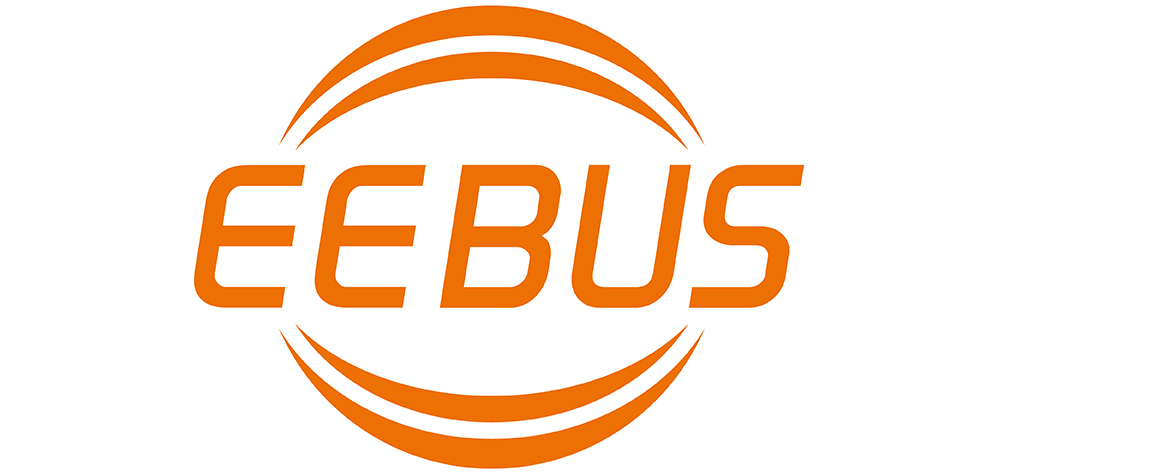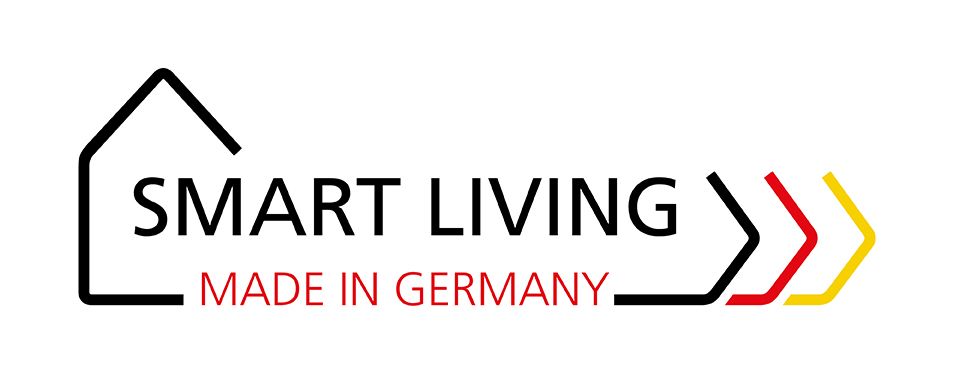Almost every smart home solution now enables optimisation of the heat supply using schedules, room sensors and other automatic systems. However, that is only a first step in networking the heating system. The energetically networked building opens up a considerably wide range of opportunities.
As part of the energy revolution, consumers will increasingly consume electricity generated from renewable sources in the future. Since electricity from renewable sources is limited and will also become increasingly volatile in the course of the energy revolution, electrical building services will then compete with heat pumps, for example, as well as with electric cars that are charged at wallboxes in the home. This is why communication about optimal use between the large electricity generators and consumers is becoming increasingly important.
Using free environmental energy
In the building, this is organised by an energy management system (EMS). Grid information such as variable electricity costs, grid tariffs or power restrictions is taken into consideration. Just as relevant is data from other energy-related products in the building such as photovoltaic systems and fuel cells as electricity generators, storage facilities for electricity or heat, as well as energy consumers such as home automation, electric cars and heating systems.
The prerequisite for networking is a common language, in which the devices and systems can communicate beyond sector and manufacturer limits about the energy provided, as well as demand and capacity.
The EEBUS is the leading communication standard across all manufacturers and sectors. In the EEBUS initiative, over 50 international companies from all areas of electrical, heating and power systems, as well as from electric mobility, are jointly developing the communication specifications for energy-related equipment and systems in buildings.
When developing its communication specifications, the EEBUS Initiative, as a European association with German roots, relies on open systems, democratic decision-making processes, as well as the free availability of the final standard. This is also to be regarded as an alternative to the closed communication platforms in the "Internet of Things", which some large companies are eager to launch on the market.



